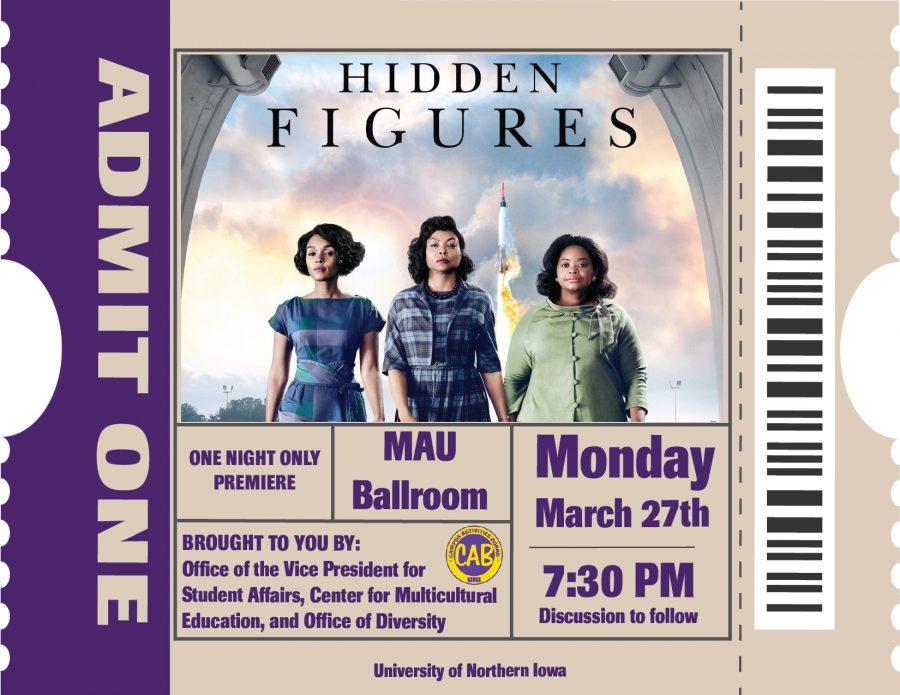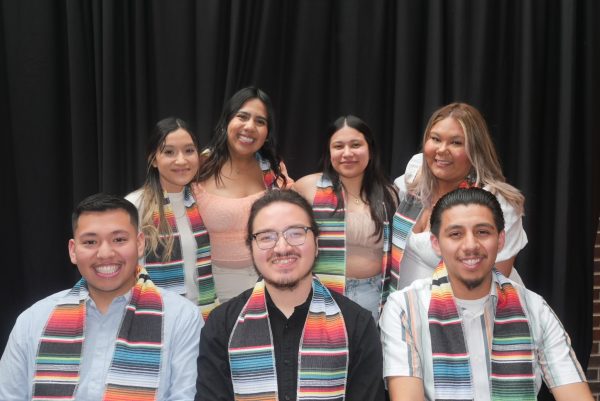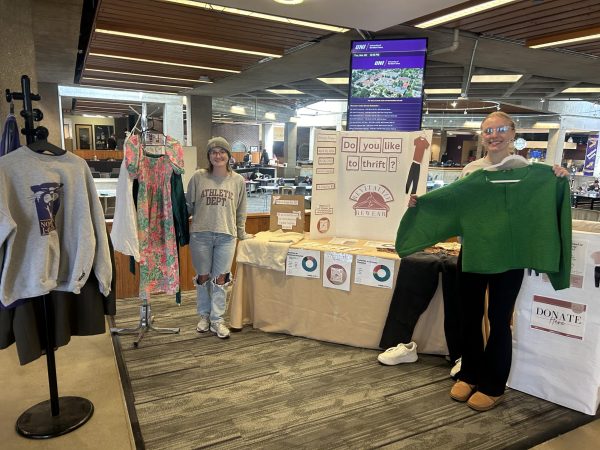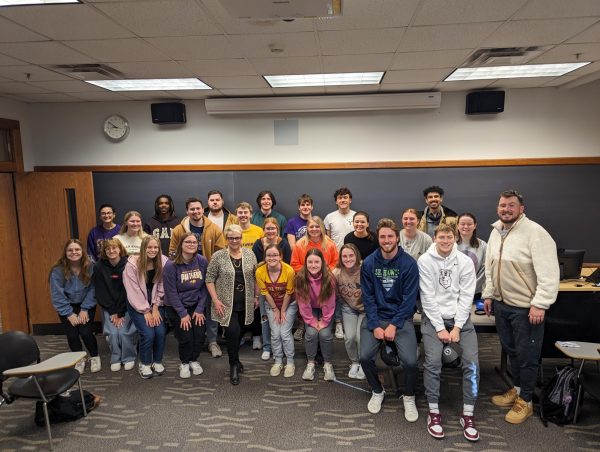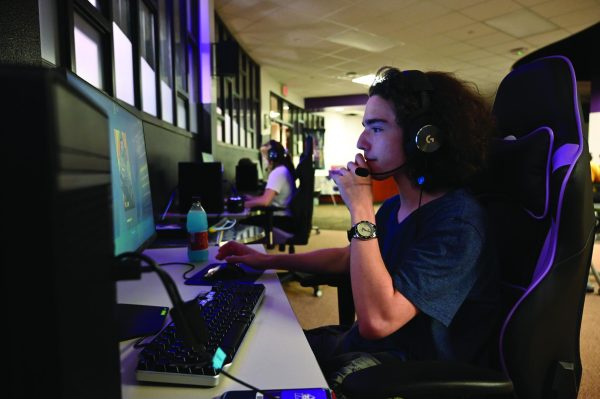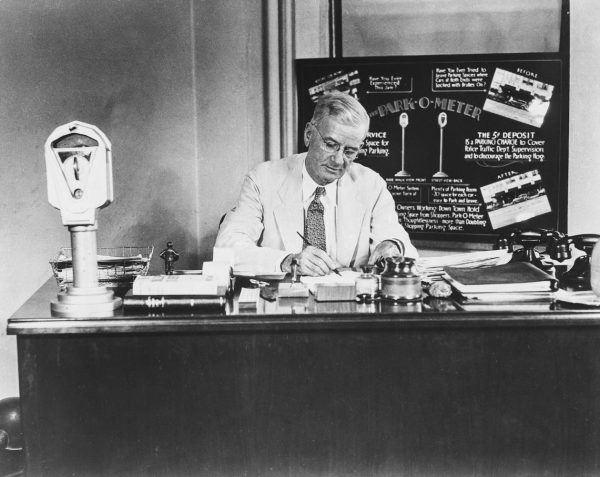Collaboration brings ‘Hidden Figures’
A collaboration between UNI CAB and three other campus offices brings the Oscar-nominated film ‘Hidden Figures’ to the Maucker Union tonight.
Mar 27, 2017
Tonight at 7:30 p.m., UNI’s Campus Activities Board (CAB) will be bringing the Academy Award-nominated film “Hidden Figures” to the Old Central Ballroom in Maucker Union.
This event is free of charge and will provide refreshments, as well as a group discussion following the screening. CAB collaborated with the Office of the Vice President for Student Affairs, the Center for Multicultural Education (CME) and the Office of Diversity in order to bring this screening to campus.
“It’s the most amount of people I’ve collaborated with for a movie,” said Trenton Bartlett, CAB film executive.
The film tells the story of three African American women who worked as mathematicians for NASA during the Space Race in the 1960s. The racially diverse film has already succeeded in sparking conversations and raise awareness of cultural issues throughout the country. In addition, this March screening of “Hidden Figures” also coincides with Women’s History Month.
Gwenne Berry, UNI’s chief diversity officer, delved into more detail about why this particular film was chosen.
“The movie touches on so many elements — not just about race, but about gender, who we value in our communities and what happens when we choose a group of people and we decide, with no proof whatsoever, that these people are not valuable,” Berry said.
The film focuses on three lead female characters in the workforce, and while that is a key factor to the film’s narrative, Berry makes note that “Hidden Figures” touches on so many other issues in addition to that.
“It’s not just about black females,” Berry said. “It is about value, history, triumph and perseverance. I think it has an excellent message for our students.”
Jamie Butler Chidozie, director of the CME, will be leading the discussion following the screening. Chidozie echoed Berry’s sentiment, saying that she hopes the film’s message will spark conversation.
“We are using this movie to kind of jump start those conversations, in the hopes of getting those that attend to think outside their own perception and their own depth of knowledge,” Chidozie said.
Chidozie also noted the film’s significance and how it highlights the importance of telling a story, and telling it correctly.
“Depending on who is telling a story, different parts of history can actually be omitted,” Chidozie said. “We don’t hear all sides. I think it brings about [a] new perspective — one that is unifying.”
The discussion following the film screening will be loosely guided. Students can sit and discuss in small groups and will also have the opportunity to bring their thoughts to the large group. Although the overall discussion will be led by the individuals in the group, Chidozie said she plans to let the natural flow of discussion guide itself.
“I have about three to four overall questions, but it will be free flowing, and [other] things might come up in the group,” Chidozie said.
By showing the film, Berry said she hopes that there will be conversation that forces students to think outside of themselves.
“I also am hoping that it will allow us to have the kinds of conversations that we absolutely have to have — as a nation and an institution — if we are going to rise,” Berry said. “We can’t have 1960 conversations in 2017. What I’m hoping this film will do is that it will get us talking, after the movie and days after. I’m hoping it will help our students to talk about those sorts of things.”


